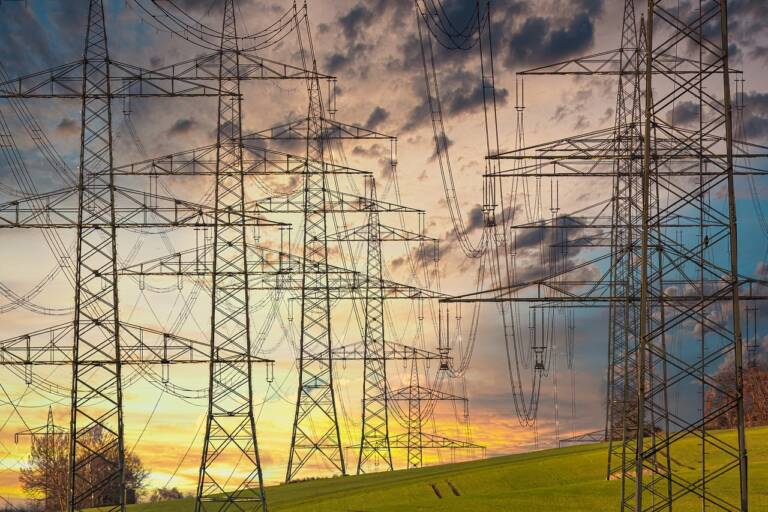The EU must invest 2500 billion euros in infrastructure for the energy transition. Who pays?

Europe's energy infrastructure needs $2.7 trillion, just under €2.5 trillion, in investment to meet the EU's climate goals by 2050 and keep Europe competitive on a global scale, the pressure group said European Round Table for Industry (ERT ) in a new report on Tuesday. To give you an idea, this is 16% of the EU's GDP.
The EU's ambition to be a carbon-neutral bloc by 2050 requires massive investments in energy infrastructure, including grid expansion, energy storage and hydrogen infrastructure low-carbon emissions and carbon capture, the ERT said.
“This is not a simple upgrade, but a fundamental transformation to achieve our climate goals and remain globally competitive,” the group said, noting that to achieve this goal, Europe will need $868 billion (800 billion euros) by 2030, and as much as 2,700 billion dollars (2,500 billion euros) of investments in energy infrastructure by 2050.
“Beyond current capacity, do we need national and cross-border infrastructure for electricity grids, hydrogen and CO? These infrastructures will play a crucial role in managing volatile renewable energy sources, a function currently handled by fossil fuels,” the report reads.
Please note that this investment is only for transport infrastructure, not for energy generation without CO2 emissions, such as nuclear power plants and hydrogen production plants.
To increase investment to such levels in the coming years and decades, Europe will need greater collaboration between public and private capital and a stronger and more favorable regulatory framework to incentivize investment in networks and low-emission hydrogen of carbon, according to ERT, which developed the report with the support of Boston Consulting Group (BCG).
Currently, complex EU regulations hinder access to private capital, and “we need a more streamlined regulatory framework and a clear business case for private investors,” the group said.
A big debt and investment problem
If the gap between required and actual investments persists, the European energy system will not be able to fully integrate zero-emission energy sources and system costs will increase due to compensation for emergency cuts, when generators energy are forced to stop production due to excess demand.
Investment needs are likely to accelerate after 2030 to accommodate an increasing share of renewables, while in countries where the share of photovoltaic (PV) energy is high, required energy storage will also be high to compensate for the greater variability of the energy system, ERT noted.
“Infrastructure modernization is the strong point of the Green Deal, but policymakers are not doing enough to enable the real realization of the objectives they have set,” said Dimitri Papalexopoulos, President of the Committee on Energy Transition and Climate Change of ERT.
The problem is that all these infrastructures, which are economically uncompetitive with carbon generation, at least in the short term, will nevertheless generate private or public debt. If the debt is private, as requested by the ERT, the situation will not be better, but worse: private investors will want guarantees on the profitability of investments, and these can only be provided by the public.
In the end the consumer and the production system will pay. The former will be increasingly poorer, the latter increasingly less competitive.

Thanks to our Telegram channel you can stay updated on the publication of new Economic Scenarios articles.
The article The EU must invest 2500 billion euros in infrastructure for the energy transition. Who pays? comes from Economic Scenarios .
This is a machine translation of a post published on Scenari Economici at the URL https://scenarieconomici.it/la-ue-deve-investire-2500-miliardi-di-euro-nelle-infrastrutture-per-la-transizione-energetica-chi-paga/ on Tue, 09 Apr 2024 13:33:06 +0000.
